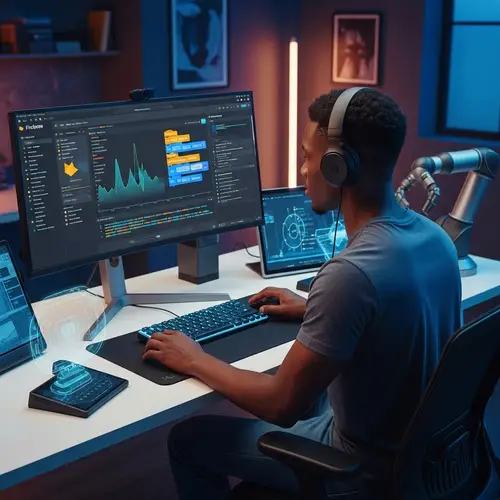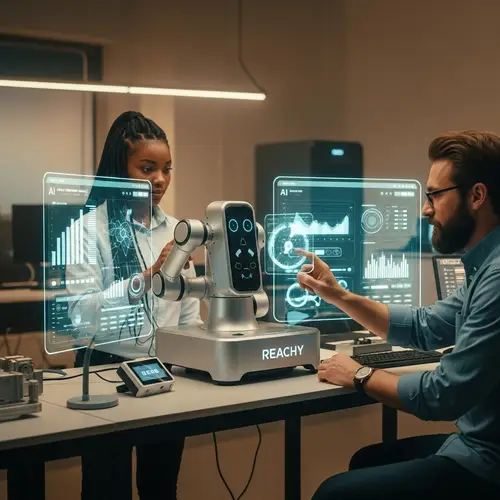OpenAI has changed the way businesses and people connect through innovation, to say the least. In a world buzzing with automation tools, it’s no small feat to say you’ve crossed the $10 billion mark in annual recurring revenue (ARR) — yet OpenAI has managed exactly that in 2024.
Let’s be real — that’s not pocket change. Packed with new offerings, smarter tech, and partnerships that actually make sense, OpenAI’s current revenue stream paints a fascinating picture for anyone keeping tabs on AI trends, market forecasts, and the real impact of digital intelligence tools.
The Big Moment: Hitting $10 Billion ARR

Yep, OpenAI’s ARR hit around $10 billion as of early 2024. That figure includes income from various channels like ChatGPT subscriptions, enterprise deals, API developers, and Microsoft — though let’s park that last one for a sec. We’ll get back to it.
Just to clarify, annual recurring revenue isn’t just another dollars-on-the-paper term. It helps you see what a company is poised to make consistently every year — provided no one pulls the rug.
Where’s the Money Actually Coming From?

ChatGPT Plus: More Than Just a Fancy Add-On
ChatGPT Plus is OpenAI’s subscription for users who want a faster, smarter (and sometimes more polished) chatbot experience. And guess what? It’s not just helping folks write emails faster — it’s bringing in some real money too.
Priced at about $20 per month, this plan gives users access to GPT-4, which handles context better and just feels smoother in conversation. Thousands of users jumped into paid mode, boosting openai annual recurring revenue 2024 almost overnight.
Honestly, I feel like people underestimated how many casual users would choose to pay just to boost creativity or save time. But here we are.
API Subscriptions: Developers Can’t Get Enough
Want to build AI into your product? OpenAI’s API is the go-to for startups and big teams alike. This instrument alone has been a major driver of what some now refer to as OpenAI’s API subscription revenue.
From customer support bots to AI tutors — devs are using GPT models for everything under the digital sun. And these aren’t one-off payments. Subscriptions here mean recurring money and tight developer loyalty.
The way I see it, the API is like the engine room powering half the bots you run into on websites nowadays.
Enterprise Deals: Bigger Fish, Deeper Pockets
Enterprise licensing has brought in a significant chunk of ChatGPT revenue growth projection. These tailored deals often include custom infrastructure, security tiers, and analytic insights. Corporations don’t just want access — they want control, collaboration, and consistent delivery at scale.
It might sound odd, but ChatGPT isn’t just for emails and essays anymore. Some companies are using it to train internal teams or handle predictive dialing in customer support centers.
Microsoft Licensing: A Double-edged Sword?
While Microsoft pours billions into OpenAI, the licensing side doesn’t necessarily count toward OpenAI’s revenue without Microsoft licensing — depending on how the contracts are set up.
This has led folks to estimate a more conservative figure if you strip away Microsoft’s side of the arrangement. That said, Microsoft’s Azure cloud still fuels a lot of OpenAI’s backend, so they’re definitely in the same boat. Kinda feels like a shared brain at this point.
Digging into OpenAI’s Financial Forecast for 2030

Looking ahead, experts (and curious folks like me) are tossing ideas around about the OpenAI financial forecast 2030. Some think OpenAI could pull in $100 billion or more in ARR if everything — and I mean everything — goes right.
Others are a bit more skeptical, especially with new AI platforms surfacing left and right like mushrooms after rain.
Still, considering OpenAI’s trajectory and constant upgrades to things like GPT-4 and possible GPT-5 in the wings, hitting five-to-six times their current revenue over the next few years doesn’t seem totally bonkers.
What Happens If Microsoft Steps Away?

This might sound weird, but there’s always that thought: what if Microsoft hits the brakes?
If OpenAI’s income without Microsoft licensing still sits comfortably in the multi-billion range, then that says a lot. It’d signal resilience even without the branding boost or backend power Microsoft brings.
Plus, the API crowd and ChatGPT Plus folks are still spending, no matter who’s footing the infrastructure bill.
Will OpenAI Still Lead the Pack?

The market’s heating up fast. You’ve probably heard of new names: Claude, Bard, and everything in between.
Even so, OpenAI’s wide reach and strong partnerships (looking at you again, Microsoft) give it staying power. And honestly, when GPT-5 or whatever comes next finally drops, it could shift the momentum again.
That’s not to say the throne is secured, but I kinda get the vibe that OpenAI’s team doesn’t plan on stepping aside anytime soon.
FAQ: What Folks Are Asking
Primarily from ChatGPT Plus user subscriptions, API developer accounts, enterprise licensing, and commercial backing from Microsoft. Those buckets together formed the basis of their $10 billion ARR.
Most estimates suggest strong growth continuing, with some projections going as high as $50 billion by 2027, depending on market conditions and new releases.
It includes ChatGPT Plus, API subscriptions, and enterprise contracts. Income from Microsoft deals may or may not be fully included, depending on how you read the fine print.
Yes, at least based on current numbers. Their direct subscription and API revenue streams seem sturdy enough to stand on their own — though Microsoft’s tech power definitely helps.
Forecasts range widely, but several analysts expect OpenAI to generate $50B to $100B by 2030 if momentum keeps up. That hinges on global AI adoption, regulation, and tech milestones yet to come.
What Sets OpenAI Apart?

Sure, other chatbots do cool tricks, but OpenAI keeps stacking layers onto GPT’s brain. There’s more reasoning, better accuracy, and a kind of memory retention that actually works. It’s one reason their platform keeps attracting users despite the swarm of alternatives.
In my opinion, OpenAI bet big on a flexible model. Whether you’re a solo writer or a bank with thousands of clients, there’s something in their toolset worth tapping into.
Final Thoughts: Where’s It All Headed?

OpenAI’s path to $10 billion wasn’t handed to them. Between API boom, subscription spikes, and solid enterprise moves, this wasn’t about luck — it’s about knowing what people needed before they did.
For what it’s worth, I think OpenAI’s still just warming up. And if they keep improving GPT tools and offering flexible enterprise plans, that next milestone might be closer than anyone thinks.
So, are you using OpenAI products already? Thinking about it? You don’t need to be a tech expert — just figure out how it could help you think, write, teach, or streamline your own stuff.
OpenAI Annual Recurring Revenue 2024 Reaches $10 Billion | ChatGPT Revenue Forecast
Curious about what questions you can ask ChatGPT to level up your workflow or creativity? Explore more prompts, test new ideas, and see where AI can take you next.




